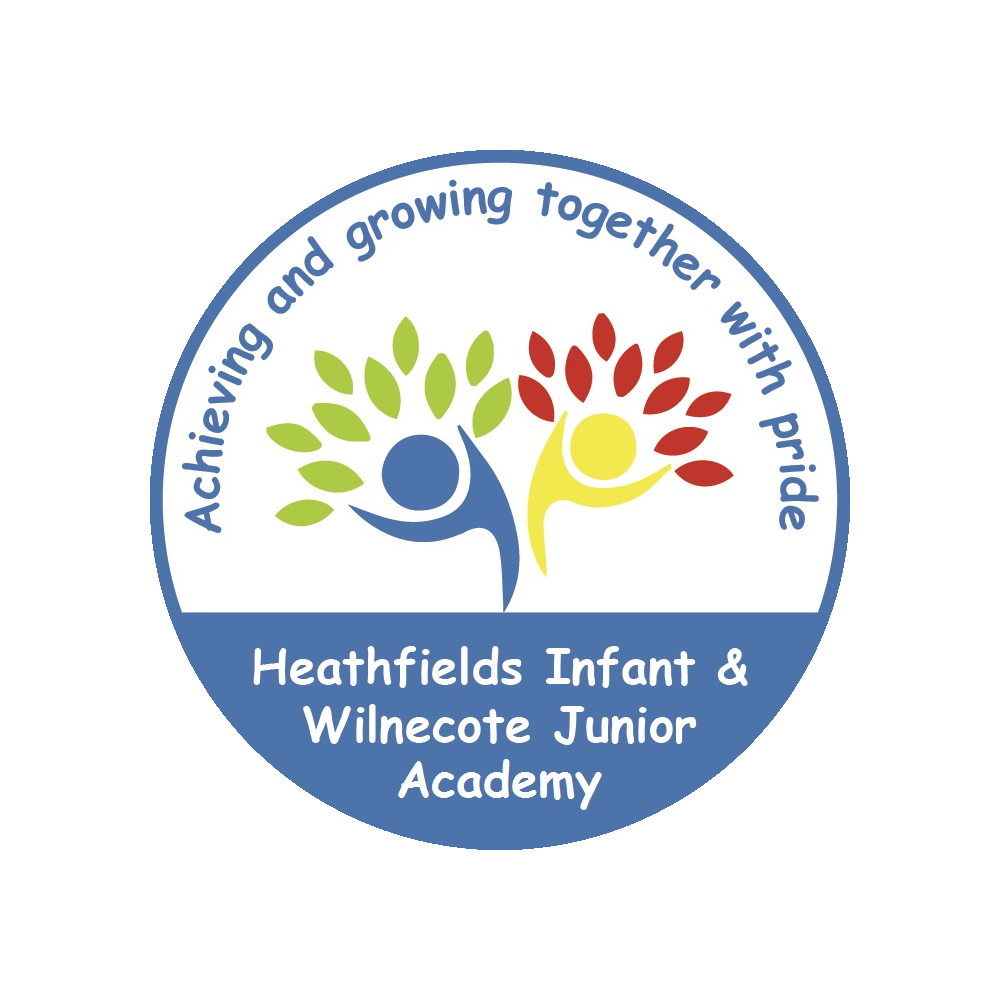Writing KS2
Writing Implementation
To develop our pupils as writers we do the following:
- Ensure that there is a fiction, non-fiction and poetry opportunity each term.
- We encourage children to understand that writing needs an audience and purpose.
- Teach children to write effectively for a range of purposes and a range of readers, adapting their vocabulary and style as appropriate.
- Encourage children to write with interest, commitment and enjoyment.
- Show children how to write in a variety of forms such as stories, poems, reports and letters.
- Show children how to evaluate and improve their own writing, using editing stations.
- Show children how to use punctuation to make meaning clear to their reader.
Within in Upper Key Stage 2 children are encouraged to make significant links between reading and their own writing. This is done through a structured approach.
Children will:
- First read as a reader. This will entail
- Reading a model text (paired reading, choral reading or echo reading) looking identifying and exploring unfamiliar vocabulary.
- Summarise the text identifying the main point in each paragraph. Children will be taught to do this by either boxing up the text, or using a planning frame to summarise the text in.
- Answer comprehension questions focusing on specific areas of the curriculum as identified by the teacher’s assessments.
Next children will read as a writer.
Children will use the ‘boxed’ or ‘expanding’ success criteria to do this:
Look back at the model text.
- Identifying significant examples, which have had an effect on the reader. Write them into the box/grid.
- Identifying what this specific feature is.
- Think about the effect this example/feature has on the reader.
- Link the example/feature and effect to the purpose and audience.
This approach aims to give children a deeper understanding of how to write to suit specific audience and purposes effectively.
The boxed features are then used to support children’s own writing by giving them success criteria with examples.
Planning
Planning for English is done at three levels:
1. Long Term Plan – A whole year overview ensuring every object on the National Curriculum is covered.
2. Medium Term Plan
A unit will be based on a specific genre and will last approximately 3 weeks.
3. Short Term Plan – A detailed and fully resourced SMART board will be used to teach the weeks lessons.
Planning is completed using the guidance of the new National Curriculum and assessment of children’s prior knowledge and a focus on audience and giving the children a purpose to write.
Medium Term Plan:
A medium-term plan will be focused on a genre and will last approximately 3 weeks.
Week 1 part 1: Children will Read as a Reader in order to gain a good understanding of the model text being used within the unit.
Children will:
- Look at the vocabulary for comprehension.
- Summarise to support comprehension, processing information into manageable chunks as readers and gaining an understanding of the structure of the text specific to its genre.
- Answer questions relating to retrieval and inference.
Week 1 part 2: Children will Read as a Writer in order to understand the text as a model for their own writing.
Children will:
- Explore words that build cohesion across paragraphs within the text.
- Explore genre-specific language.
- Explore genre-specific features.
- Explore age related writing skills.
- Text mark or annotate.
Week 2: Children will focus on learning the skills they need to apply to their own piece of writing successfully. Teachers will do the following:
- Teach skills explicitly and relate them back to the genre, audience and purpose.
- Be creative and provide children with many different activities and games e.g. sorting and matching, smart lab, group activities.
- Focus lessons around talk and discussion, using many drama activities, which give the children plenty of time to orally practise what they may write.
Week 3: Children will engage in the writing process by completing the following:
- Plan what they want to write. This will include exploring vocabulary.
- Draft their writing using the Steps to Success identified when text marking the model text. Teacher’s will model the writing drafting process and activity show children how to use a plan and incorporate resources, such as word mats and the Steps to Success.
- Edit their writing. Teachers will explicitly teach the editing skills one by one throughout the year. Children will build independence when editing their writing. During Autumn editing may be heavily scaffolded through teacher feedback. In the Spring term there will be more reliance on peer feedback through group and paired reflection, with teacher guidance. By the Summer term children should be editing using peer support and their own knowledge.
- Publish their writing. Children will be given the opportunity to publish their learning, ensuring that the correct format is used to suit the genre. This is a time to focus on presentation and handwriting. The teacher will not provide and written feedback onto published learning and no further corrections will be made. It is an opportunity for children to realise the end result of all their hard work and feel proud. Children can also share their writing with their intended audience at this point.
Phonics and Spelling Implementation
In Key Stage 2, children are taught statuary spelling words and rules through phonics following a four-part lesson format.
Across the Key Stages dedicated SPaG/phonics/spelling displays will be visible in all learning spaces in which spelling sessions are taught, including references to learning taking place across the spelling/phonics groups.
